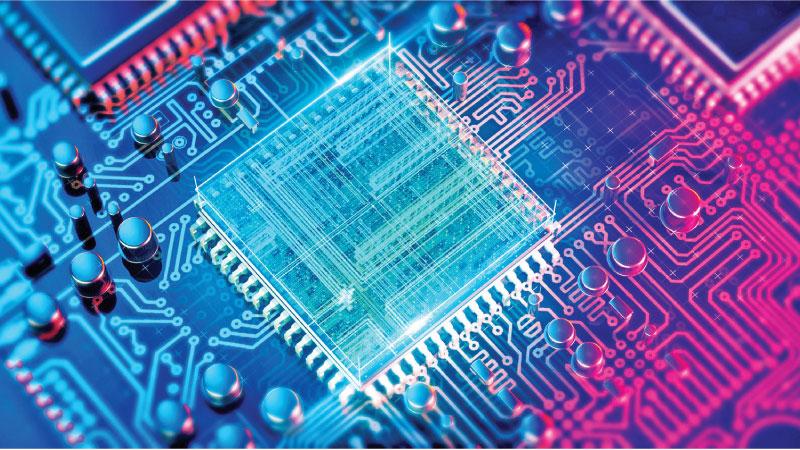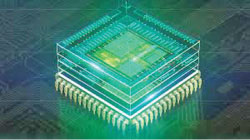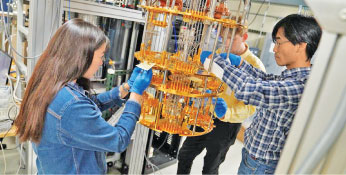
We live in an age where there is an ever-increasing demand for technology. The 21st century brought with it the need for advancements in the already existing technology. In the beginning computers were the pinnacle of the technology industry. Found in almost every home on the planet, used to surf the internet, stream movies, shop without the hassle of having to leave the comfort of your home and even communicate with people across the world in seconds instead of waiting a week for your letter to go.
Computers have been used for a multitude of different functions, some may even confirm that computers influence the way we live and may have an impact on our daily routine. A computer’s function in general is to process information, to put it in layman’s terms, it takes in raw information or data at one end, stores that data until it is ready to work on it, chews and crunches on it a bit and then spits the results out the other end. Like humans computers also have a nervous system and a brain to control the operations. The computers brain is known as the processor also known as the central processing unit or CPU for short. The processor communicates with the rest of the computer system using a set of instructions, we input information to the computer such as the typing of a sentence, the computer logs electrical signals from the keys you press in the form of ones and zeros also known as binary and processes that information outputting the results as text.
A computer’s processing speed and memory are two key factors that aid in more productive use of the device. Overtime we have developed a computer to think and function without the assistance of humans. Computers are so advanced that they can compute high level codes and mathematical equations within minutes. Although the current computers are able to store and process masses of data using the current computing power, a need for a far superior computer is needed. The answer to this predicament began with David Deutsch an Oxford University theoretical physicist credited as the father behind the idea for quantum computing.
The basic idea behind quantum computing is the study of a non-classical model of computation. A classical computer encodes data into binary code. A series of ones and zeroes, each individual unit is called a bit. Using bits, a computer is able to read and understand characters and other values. Moving back to the non-classical model, a quantum computer encodes data into bits that can represent a one, a zero or some a combination. The combination is known as a quantum superposition. Bits with these properties are known as Qubits.
The overall intent of quantum computers is not to eradicate the already existing computers but to be used as a different tool to solve extremely complex problems. Quantum computers will allow us to process larger quantities of data that we are generating in the age of big data. The power and capabilities defining a quantum computer will make it possible for us to make scientific breakthroughs in the medical industry, potentially leading to saving lives. The computers will be able to code and dissect complex algorithms such as financial strategies to live well in retirement or even enable machine learning methods to diagnose illnesses sooner.
There are a few quantum computers out there, still having potential to reach 100 Percent effectiveness. Google announced that it has a quantum computer that is already registering at 100 million times faster than any classical computer. If you are not already surprised by the quantum computer here’s a fun fact, in 1997 a quantum computer developed by IBM defeated chess champion Garry Kasparov. The computer was able to gain the competitive edge by examining over 200 million possible moves per second. A quantum computer would be able to calculate a trillion moves per second at its prime. In 2019 IBM’s latest 53-qubit quantum computer was deemed the most powerful machine you can use. Quantum computers will serve as a tool for researches as well as scientists and engineers. Every step forward is a new breakthrough in the quantum world.
